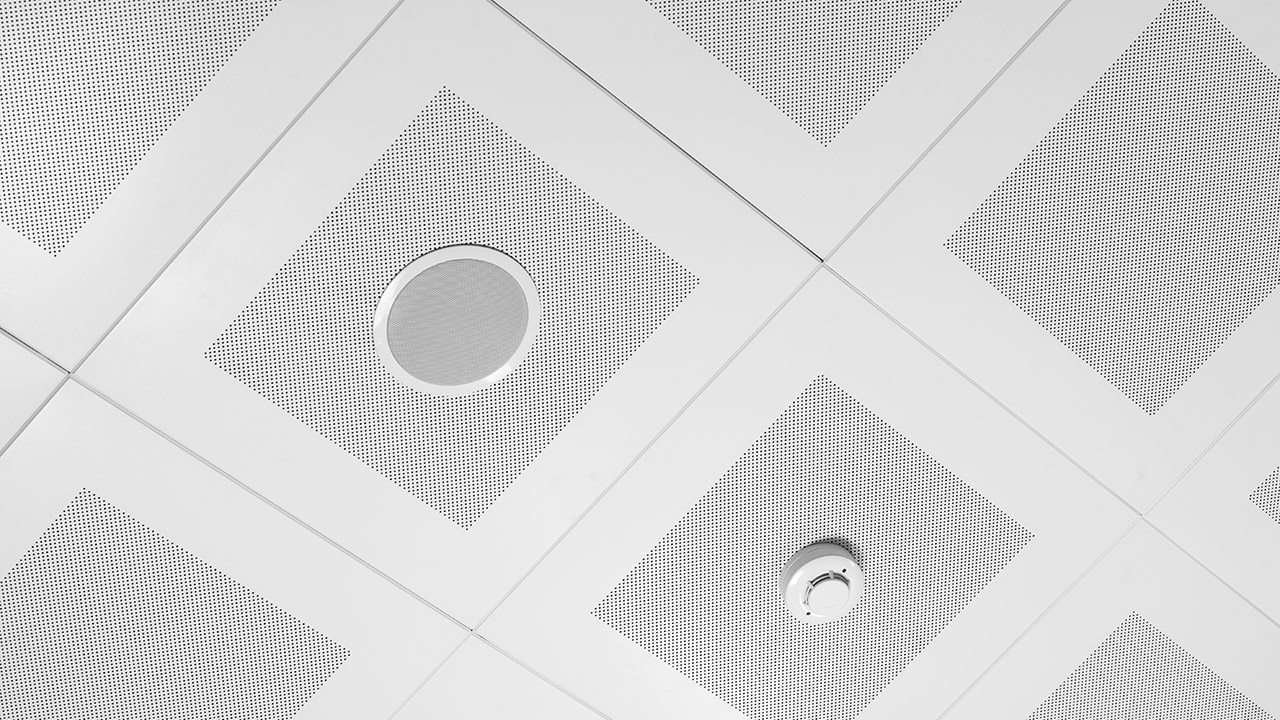Common Building Code Violations: Is Your Home Up to Snuff?
Building codes might seem like a nuisance for homeowners, but they’re there for a reason: safety.
Many homeowners might not be aware of the building codes they need to follow, which not only puts them at risk for paying fines, but also makes them vulnerable to injury and even death.
Here are some of the more common building code violations that homeowners make, and how to avoid them.

Smoke Alarms
Whether they’re not placed in the right spot, have no batteries to keep them functioning, or are missing altogether, smoke alarm issues are one of the most common code violations among households. It’s unfortunate, because these simple and affordable devices save lives every day. Sadly, many lives are lost as a result of faulty, misplaced, or missing smoke alarms. According to the National Fire Protection Association (NFPA), the death rate is more than twice as high in homes with missing or ill-functioning smoke alarms.
Building codes require a smoke alarm to be on every level of a home and outside each bedroom. New homes must have a smoke alarm in every bedroom, which need to be battery-operated, as well as hard-wired and interconnected as a backup. That way all smoke alarms in the home will be activated if one goes off.
The way smoke alarms are installed also matters. Ceiling-mounted alarms need to be installed a minimum of 4 inches away from walls, while wall-mounted alarms must be 4 to 12 inches down from the ceiling.
Check your smoke alarms annually – if not more often – in order to make sure that the batteries aren’t dead and the alarms are still working.
Service Panels
Every time you add more electricity to your home, your electrical panels become increasingly overloaded. If it gets too crowded, an electrical fire is highly possible. All circuits need to be clearly labeled, and the main disconnect must be free and clear at all times. That way the entire electrical system can be shut off right away in case of an emergency.
Some of the more common wiring mistakes include mixing line-and low-voltage wires, and putting too many wires in a switch. Out of all areas in your home, the service panel and the area around it should be the most organized spot in your home.
Inadequate Bathroom Venting
Exhaust fans in the bathroom need to vent to the outdoors and not into the attic. Whether it’s through the side of the house or the roof, all the moist air from the bathroom needs to completely leave the house.
If the fans vent into the attic, a ton of moisture will be released into that space. In hot weather, mold can easily develop; in colder weather, the moisture will condense on the underside of the roof and lead to rot.
Handrails With No Returns
Not only do stairways need handrails, the handrails themselves need to have “returns.” That means the handrails must turn and end at the wall, and need to be positioned between 34 to 38 inches above the stairs.
The reason for these returns is to prevent things from getting caught at the end of the handrails, leading to a fall. Purse straps and sleeves are notorious for getting caught; returns help avoid this potential hazard.
As a homeowner, it’s your duty to understand building codes, and how they can help make your home a safe one. While the above code violations may be common, they don’t have to be with a little due diligence.